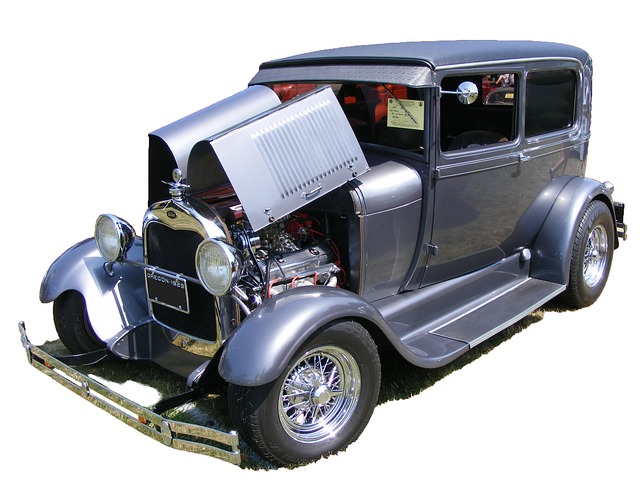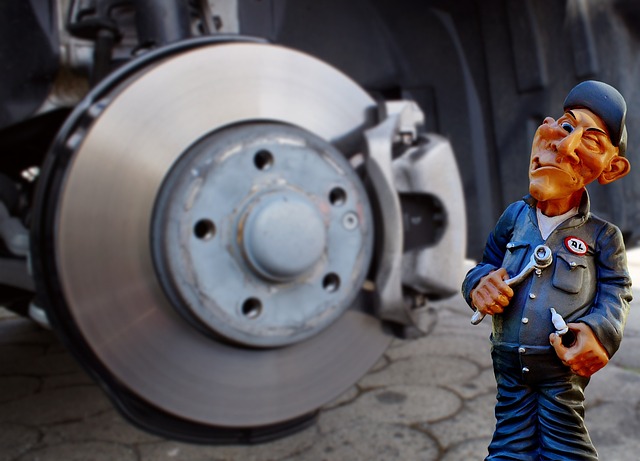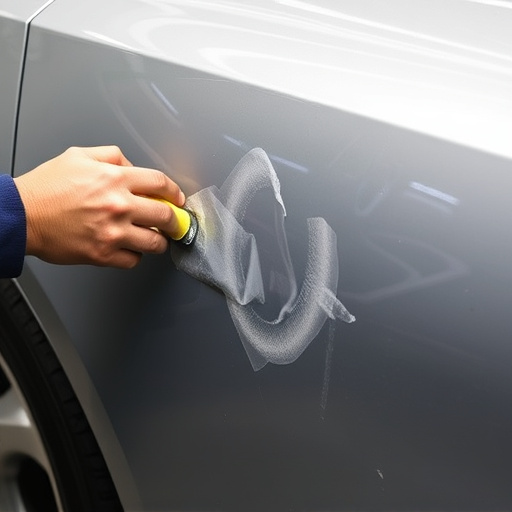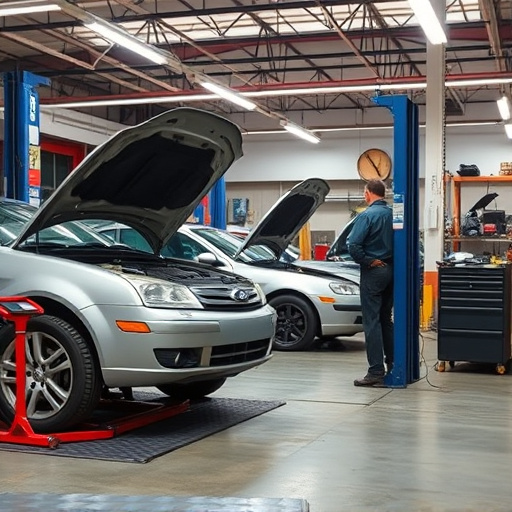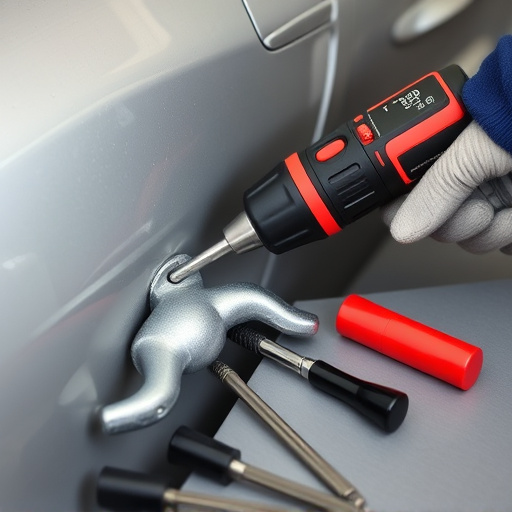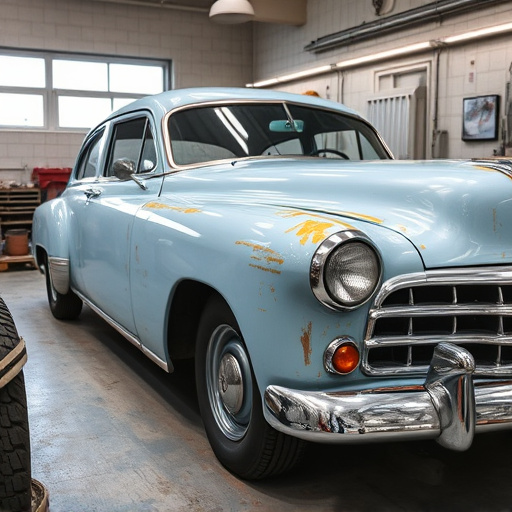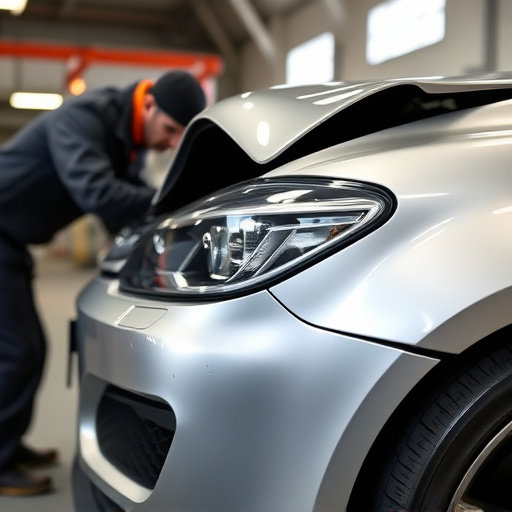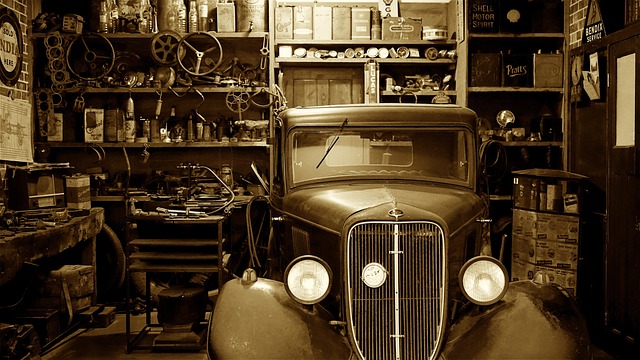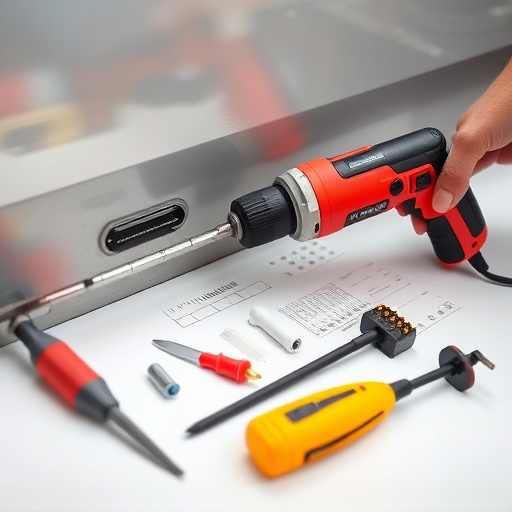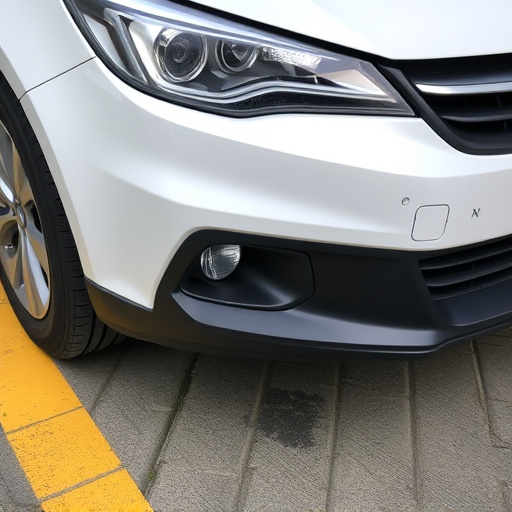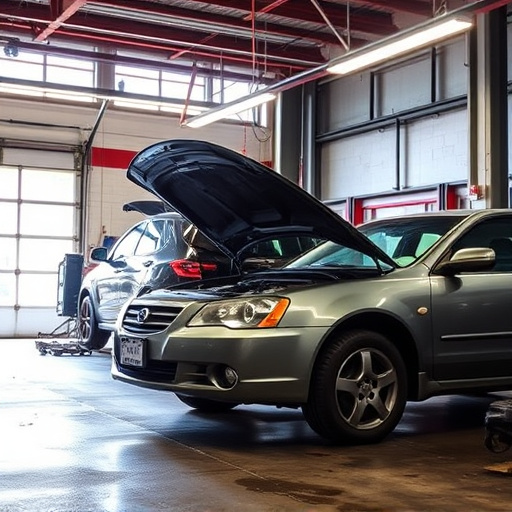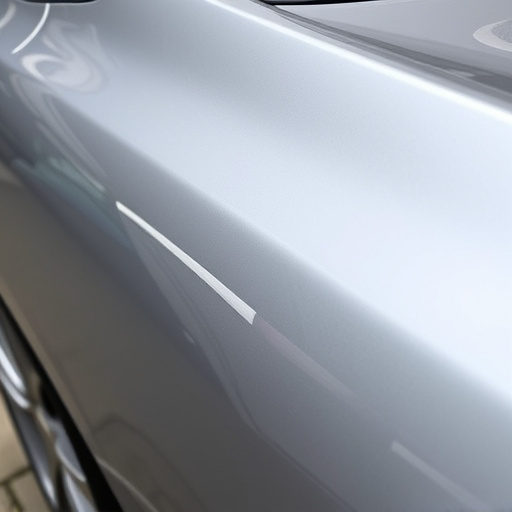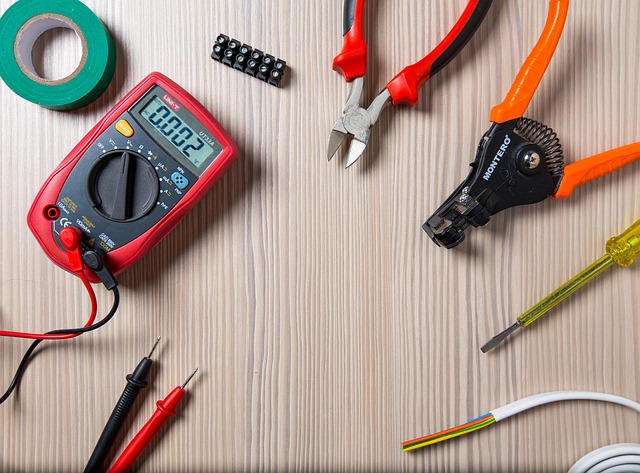Auto body restoration is a meticulous process that recreates vehicles' exterior to factory specs, demanding skilled technicians, original parts, and deep knowledge of automotive manufacturing. Custom techniques offer unparalleled precision, catering to individual preferences and adding value. It balances historical authenticity with personalization, aiming to preserve classics' original condition or transform them into unique expressions of style while maintaining structural integrity.
In the realm of auto body restoration, two prominent approaches exist: original and custom. Understanding these differences is crucial for car enthusiasts seeking to revive their vehicles. This article delves into the intricacies of each method. We explore the traditional, meticulous process of original restoration, focusing on preserving historical accuracy. Conversely, we highlight the benefits of customized techniques, where creativity flourishes. By examining key differences between preservation and personalization, readers can make informed choices for their ideal auto body restoration journey.
- Understanding Original Auto Body Restoration Process
- The Benefits of Customized Restoration Techniques
- Key Differences: Preservation vs. Personalization
Understanding Original Auto Body Restoration Process
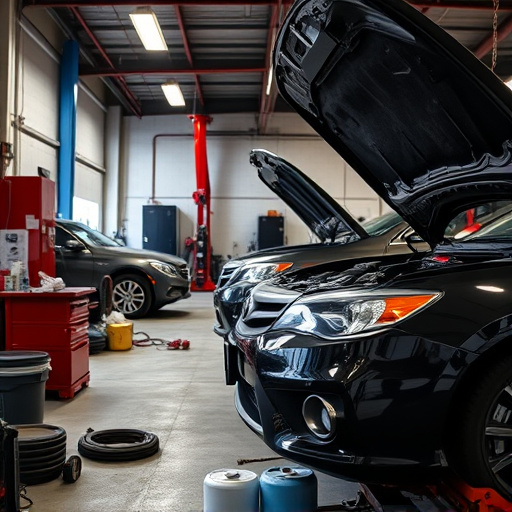
The original auto body restoration process involves meticulously recreating a vehicle’s exterior to its factory specifications. It begins with a thorough inspection to identify damage and determine the scope of work required. Skilled technicians then disassemble the damaged panels, carefully examining each component for repairs or replacement. Original parts, often sourced directly from the manufacturer, are used to ensure accuracy in size, fit, and finish.
This meticulous approach requires a deep understanding of automotive manufacturing techniques and materials. Each panel is repaired or replaced with precision, ensuring the vehicle’s structural integrity and aesthetic appeal. The process involves not just fixing the visible damages but also addressing any underlying issues that could compromise the car’s safety and performance. This level of detail is crucial for maintaining the original value and beauty of vintage or classic vehicles, making it a preferred choice for enthusiasts who appreciate authenticity in auto maintenance.
The Benefits of Customized Restoration Techniques
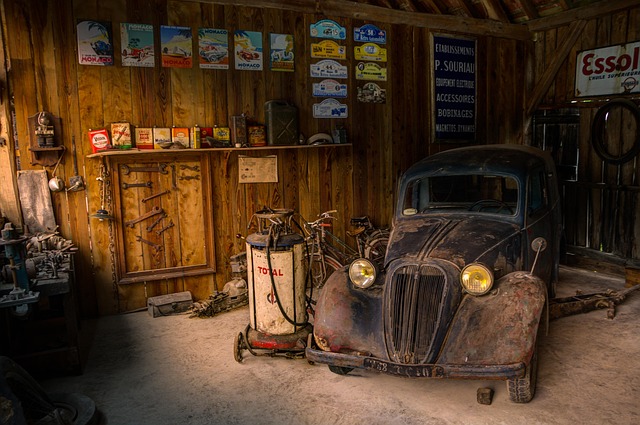
In the realm of auto body restoration, adopting custom techniques offers a myriad of advantages that go beyond mere aesthetics. When professionals tailor their approach to each vehicle, they can achieve a level of precision and detail that is often unattainable with standardized methods. This personalized touch ensures that every curve, contour, and unique feature of the car is restored to its original glory, resulting in a one-of-a-kind finish. Customized restoration allows for the use of advanced technology and specialized tools, enabling repair technicians to make minuscule adjustments that significantly enhance the overall quality of the repair.
Moreover, custom auto body restoration provides flexibility for owners seeking specific styles or colors not readily available in mass production. It caters to the desires of individuals who want their vehicles to stand out from the crowd. For fleet repair services or car paint jobs requiring intricate designs, custom restoration techniques excel in delivering exceptional results. This level of customization not only satisfies individual preferences but also adds value to the vehicle, making it a standout choice for those who appreciate attention to detail and unique features in their collision repair.
Key Differences: Preservation vs. Personalization
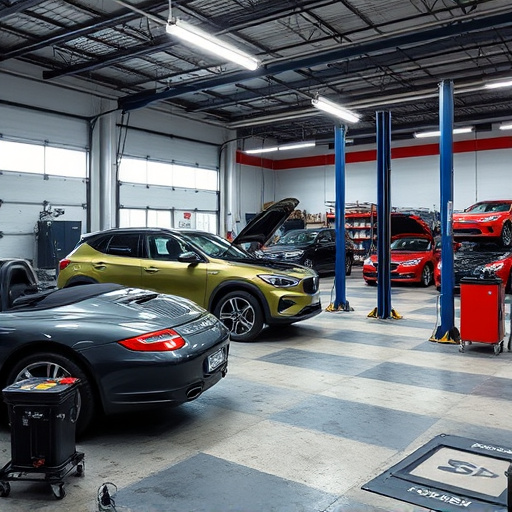
When it comes to auto body restoration, the key difference lies in the balance between preserving the original integrity and personalizing the vehicle’s appearance. In many cases, original auto body restoration aims to return a car to its factory condition, meticulously repairing or replacing any damaged panels while maintaining the vehicle’s historical authenticity. This approach is particularly important for classic or vintage cars, where every detail must be carefully considered to ensure originality.
In contrast, custom auto body restoration offers a broader spectrum of possibilities. Here, personalization takes center stage. A skilled vehicle body shop can transform your car into something unique by incorporating contemporary design elements, enhancing performance, or repairing minor damages like a scratch repair or vehicle dent repair. The focus is on creating a vehicle that reflects the owner’s style and preferences while still maintaining structural integrity through expert techniques such as precise panel alignment and high-quality paintwork.
When considering auto body restoration, understanding the nuances between original and custom techniques is key. The former prioritizes preserving the vehicle’s historical integrity while the latter embraces personalization and modern advancements. Each approach has its merits, catering to either purists who value authenticity or enthusiasts seeking a unique, tailored look. Ultimately, the choice depends on individual preferences, with both options contributing to the art of auto body restoration in their own right.
